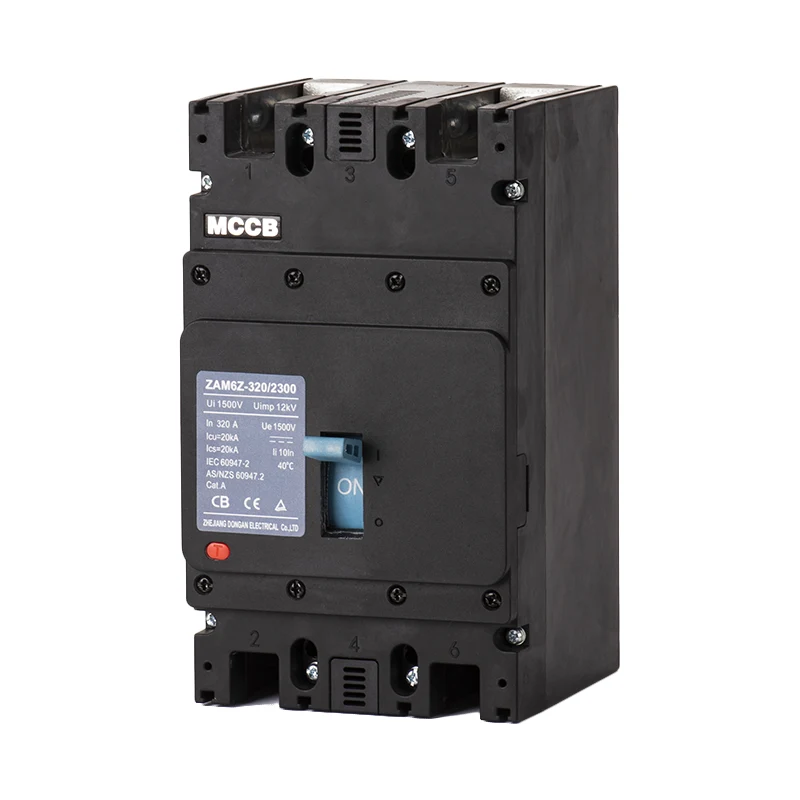How to Choose the Right DC MCCB for Your Application
2025-02-26
Selecting the appropriate DC Molded Case Circuit Breaker (DC MCCB) is crucial for ensuring electrical safety, efficiency, and reliability in direct current (DC) systems. With various specifications available, choosing the right one requires a thorough understanding of its features and requirements.
Key Factors to Consider When Choosing a DC MCCB

1. Voltage Rating
DC MCCBs come with different voltage ratings, typically ranging from 12V to 1000V or higher. Ensure the breaker you select matches your system’s operating voltage to prevent insulation breakdown and circuit failures.
2. Current Rating
Choose a DC MCCB with an appropriate current rating that aligns with your circuit’s load requirements. Oversized breakers may not provide adequate protection, while undersized ones can lead to frequent tripping.
3. Breaking Capacity
The breaking capacity, or interrupting rating, determines the maximum short-circuit current the MCCB can safely interrupt. Higher breaking capacities are essential for systems with high fault currents.
4. Number of Poles
DC MCCBs are available in single-pole, double-pole, and multi-pole configurations. Multi-pole breakers are often required for higher voltage applications or systems with multiple DC connections.
5. Arc Extinguishing Mechanism
Given the continuous nature of DC current, arc suppression is critical. Look for MCCBs with arc chutes, magnetic blowouts, or other advanced arc-quenching mechanisms for safe operation.
6. Environmental Conditions
Consider factors like temperature, humidity, and potential exposure to dust or chemicals. Industrial environments or outdoor installations may require MCCBs with enhanced protection features.
7. Certification and Compliance
Ensure the DC MCCB meets industry standards such as IEC, UL, or other regulatory requirements to guarantee safety and performance.
Conclusion
Selecting the right DC MCCB involves evaluating voltage, current, breaking capacity, and environmental conditions. By understanding these factors, you can enhance system protection and efficiency, ensuring reliable performance in your electrical setup.


